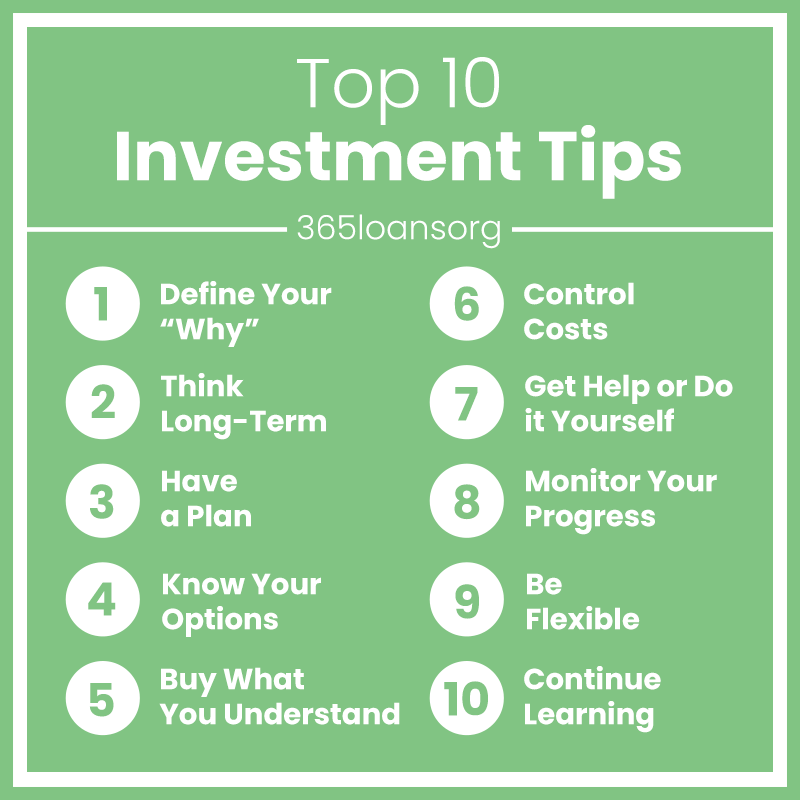In the realm of personal finance, one formidable adversary that silently erodes the value of your hard-earned money is inflation. It’s like a stealthy thief in the night, sapping the purchasing power of your savings. But fear not, for in this article, we unveil strategies that will empower you to not just weather the impact of inflation, but to outsmart it and keep your finances ahead of the game.
Understanding the Inflation Nemesis
Inflation is the gradual increase in the prices of goods and services over time. When inflation rates outpace the returns on your savings, your money’s real value diminishes.
Consider this: if your savings are earning 1% interest, but inflation is running at 2%, you’re effectively losing ground.
Strategy 1: Invest Wisely
One of the most potent shields against inflation is investing. While savings accounts offer safety, they often lag behind inflation. Instead, consider allocating a portion of your funds to investments that historically outpace inflation. Stocks, real estate, and precious metals are popular choices. Diversifying your investments can help spread risk and potentially yield better returns.

Strategy 2: Embrace Treasury Inflation-Protected Securities (TIPS)
TIPS are U.S. government bonds specifically designed to combat inflation. They adjust with changes in the Consumer Price Index, ensuring your investment keeps pace with rising prices. While they may not offer the same returns as riskier investments, TIPS provide stability and a guaranteed hedge against inflation.
Example: Purchasing TIPS Directly from the U.S. Treasury
Let’s say you decide to invest in TIPS directly through the U.S. Department of the Treasury’s TreasuryDirect website. You have $10,000 to invest, and you want to protect your investment from inflation. You purchase $10,000 worth of TIPS with a fixed interest rate of 1%.
Over time, inflation starts to rise. As a result, the principal value of your TIPS increases to keep pace with inflation. If inflation rises by 2% during the first year, your TIPS’ principal value would increase to $10,200 (original $10,000 + 2% of $10,000). Your fixed interest payment, however, remains at $100 (1% of $10,000).
At the end of the year, you would receive an interest payment of $100, and your TIPS would have a new principal value of $10,200, providing you with protection against inflation.
Strategy 3: Explore High-Yield Savings Accounts
Some financial institutions offer high-yield savings accounts with interest rates above the national average. While these rates may not fully offset inflation, they can help your savings grow more efficiently.
Strategy 4: Maximize Tax-Advantaged Accounts
Contributing to tax-advantaged retirement accounts like 401(k)s and IRAs can be a smart move. These accounts offer tax benefits and often provide investment options that can outpace inflation over the long term. Additionally, employer matching contributions can accelerate your savings.
Strategy 5: Keep Expenses in Check
In a world where prices continually rise, being a savvy consumer is essential. Regularly review your expenses and look for opportunities to cut costs without sacrificing your quality of life.

Strategy 6: Consider Investment in Dividend Stocks
Dividend-paying stocks can provide a consistent income stream while potentially offering capital appreciation. Companies that increase their dividends over time can provide a hedge against inflation.
Final Thoughts
The impact of inflation on your savings is undeniable, but it doesn’t have to be detrimental. Armed with these strategies, you can confidently tackle the challenge of inflation head-on. By investing wisely, exploring TIPS and high-yield savings accounts, maximizing tax-advantaged accounts, controlling expenses, and considering dividend stocks, you can not only beat inflation but also thrive in a financial landscape that continually evolves.
Remember, while inflation may be relentless, your financial strategy can be even more relentless in safeguarding your wealth.







